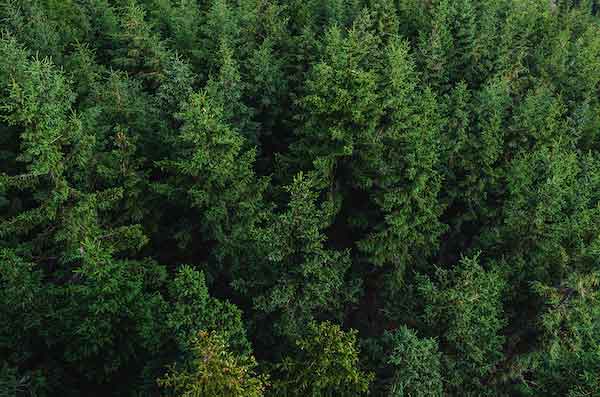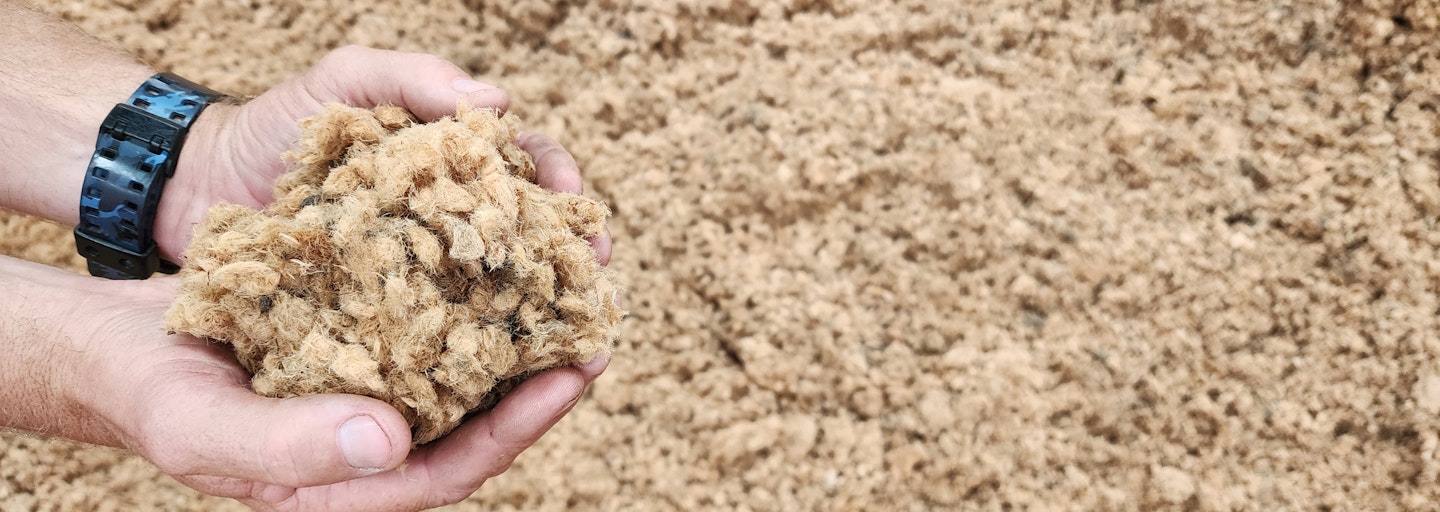11 reasons why wood fibre is outshining coir and peat for NZ growers
The environmental challenges and high costs associated with peat and coir, make wood fibre a valuable choice for horticultural applications, offering sustainability, enhanced plant growth, and economic advantages.
In the horticulture industry, the choice of growing medium is crucial for the success of plants. While coir and peat have been popular options, wood fibre emerges as a great alternative that is cost effective and environmentally responsible.
Peat has long been a staple in horticulture, but it is now facing environmental challenges. Many countries are restricting its extraction due to concerns about habitat destruction and carbon emissions. This limitation on peat availability is a significant drawback for horticultural practices. Additionally, peat is mainly sourced from overseas, resulting in a high cost and a large carbon footprint to import into countries like New Zealand.
Similar to peat, coir is primarily sourced from overseas, resulting in high costs and a significant carbon footprint for importation as well as being a biosecurity risk. Variability in supply is another concern, with a restricted number of countries providing good, reliable sources.
Wood fibre, a natural material derived from processed wood, has become a valuable resource in the horticulture industry. It offers a range of advantages that make it an ideal choice for various horticultural applications. In this article, we'll delve into the benefits of using wood fibre in horticulture, exploring how it contributes to sustainability, enhances plant growth, and provides economic advantages.
Ask us how wood fibre could benefit your growing environment.
1. Locally Sourced and Processed: Reducing Carbon Footprint
One of the primary benefits of using wood fibre in horticulture is its potential for local sourcing and processing. Locally sourced wood fibre reduces transportation distances, which not only cuts costs but also significantly lowers the carbon footprint associated with the transportation of horticultural materials. This localized approach contributes to the reduction of greenhouse gas emissions, aligning with sustainable and environmentally responsible practices.
2. Sustainability: A Renewable Resource
Wood fibre is sourced from a renewable forestry resource, making it a sustainable choice for the horticulture industry. It is a by product from the forestry industry that can be repurposed creating a circular economy.
Trees harvested in NZ are replanted, ensuring the long-term assurance of a stable supply. This sustainable approach not only supports the health of forests but also guarantees a consistent and reliable source of wood fibre for horticultural applications.
3. Excellent Air-Filled Porosity: Boosting Plant Growth
When blended with other bark media Wood fibre provides excellent air-filled porosity which is a valuable property for horticulture. This feature enhances root development and activity, promoting healthier and more robust plants. It also leads to better drainage, ensuring that excess water doesn't accumulate around plant roots.
In addition, this improved air-filled porosity reduces the likelihood of water-borne pathogens, such as disease spores, harming plant health. It also aids in managing water effectively, reducing the formation of moss, liverwort, and algae on the surface of the substrate.
4. Excellent Water-Holding Capacity: Consistent Moisture Levels
Wood fibre boasts exceptional water-holding capacity, maintaining a balanced air-to-water ratio within the growing medium. This characteristic leads to improved water management, preventing the substrate from drying out too quickly. Consistent moisture levels are essential for plant health, especially in regions with erratic rainfall or dry climates.
5. Good Hydrophobicity and Easy Rewetting: Efficient Water Distribution
Wood fibre displays good hydrophobicity when dry, but it's easy to rewet. This property ensures efficient water distribution, allowing for consistent moisture levels and promoting healthy plant growth. It's a valuable feature for horticulturists, as it simplifies the maintenance of optimal soil moisture.
6. Structural Integrity: Cohesion Properties
Wood fibre provides excellent structural integrity to the growing medium, ensuring that the substrate remains cohesive and holds together well. This structural support is vital for plant roots to anchor and thrive in a stable environment.
7. Stable pH: Improved pH Management
The pH of wood fibre is slightly acidic and typically higher than that of raw bark. This property reduces the need for liming additives in horticultural mixes, enabling the target pH to be achieved much faster than with bark and peat. This enhances the management of pH levels in the growing medium, promoting an ideal environment for plant growth.
8. Low Electrical Conductivity (EC): Precise Nutrient Management
Wood fibre consistently maintains a low EC, simplifying the addition of fertilizers in the correct measure. This precise nutrient management is crucial for providing plants with the necessary nutrients while avoiding over-fertilization, which can be detrimental to plant health.
9. Carbon Source: Stability and Long-Term Benefits
Wood fibre serves as a reliable source of carbon that does not break down rapidly, preventing the release of carbon back into the atmosphere. This stability in carbon content contributes to the long-term sustainability of the growing medium.
10. Lightweight and Economical: Efficient Handling
Wood fibre's lower weight simplifies material handling and container movement in horticultural settings. It also leads to lower freight costs compared to heavier substrates, which is a practical advantage for horticulturists.
11. Sterile and Low Risk: Disease Prevention
The neutralisation process of wood fibre typically ensures limited to no risk of weed seeds or pathogens. This sterility is advantageous in maintaining a clean and disease-free environment for plants, reducing the need for extensive pest and disease control measures.
Contact us to learn moreRelated articles

Follow us
More from Azwood
Connect with us on social media to learn more and be the first to hear our latest industry updates

